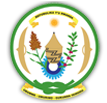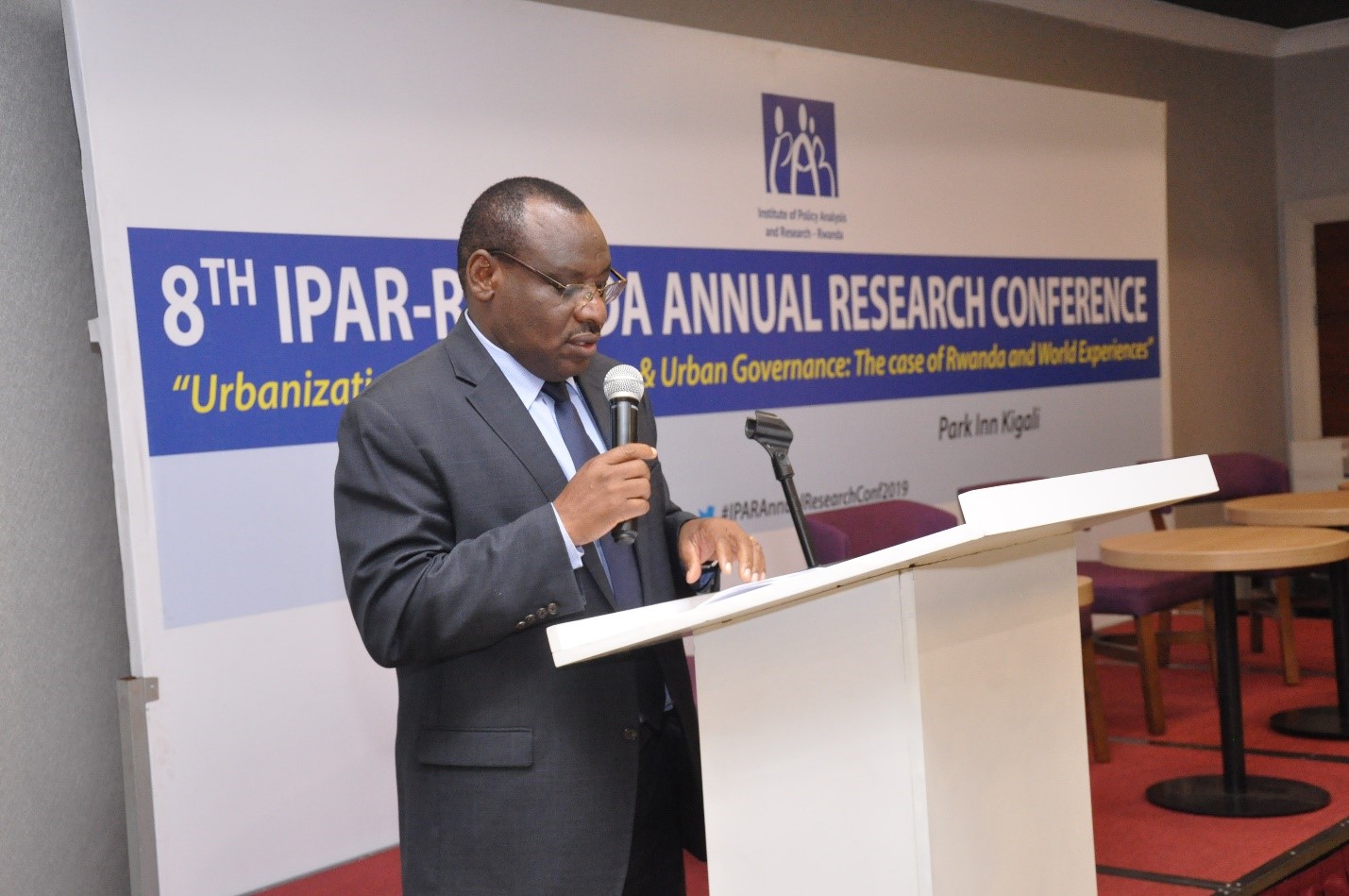19th June 19, 2019- Urbanization is phenomenon which is observed all over the world weather nation is developed or developing. Main cause being migration and increase in population, it has various impacts on the city structure. This was said by Rwanda’s Minister of infrastructure Claver GATATE during the 8th IPAR Annual Research Conference on “Urbanization, Urban Planning and Urban Governance”.
The Institute of Policy Analysis and Research –Rwanda (IPAR) is the is the independent non-profit research institution responsible for conducting research and policy analysis and promotion of a culture of debate and dialogue on policy issues. This institution organised the 8th conference on urbanisation to provide policy makers, decision makers, researchers and academia with the latest evidence on policies and programmes which can assist in achieving positive urbanisation outcomes, both from Rwanda as well as other countries to which Rwanda looks for inspiration.
According to Minster Gatete, the government of Rwanda has prioritized urbanization as a key pillar to economic growth. The UN report on Urbanization 2018, 55% of today’s world population lives in urban areas, a proportion that is expected to increase to more than 70% by 2050.The same report also shows that the gradual shift in residence of the human population from rural to urban areas could add another 2.5 billion people to urban areas by 2050, with close to 90% of this increase taking place in Asia and Africa mostly sub Saharan Africa. Despite this trend, Africa remains mostly rural, with 43% of its population living in urban areas.
There is a need to plan ahead of time in terms of availability of infrastructure like roads, access to water and sanitation, electricity, and housing as well as improved mobility. In view of this, the Government of Rwanda has taken different initiatives including development of Secondary cities and satellite cities to reduce pressure on Kigali and become centers of economic growth. “He added”.
The development of the secondary cities was initiated to reduce pressure from the city of Kigali. These cities including Rubavu, Rusizi, Musanze, Nyagatare, Huye and Muhanga were chosen basing on their respective strategic location, economic performance trends, uniqueness & potential to become regional economic hubs and unlock transformative economic opportunities. Other potential emerging market towns are expected to play a crucial central role in supporting Rwanda’s strategic goals to rapidly increase urbanization to accommodate future urban population growth.
There are other initiatives put in place to harmonize urbanisation such as; Rwanda Urban Development Program (RUDP) implemented by government in partnership with World Bank, policy and program on Affordable housing where the Government has established a Fund for the owners to access cheap money, the development of National Land Use masterplan, sectoral masterplans as well as Kigali and City Masterplans.
According to the vision 2020 and the blue print of vision 2050, the Government of Rwanda targets to reach a 35% proportion of urban population by 2024 from currently 18.4%. In line with the New Vision 2050, a study was conducted by the Government of Rwanda in partnership with the World Bank which identified 6 future drivers of growth among which urbanization is one of the top priority.
Minister Gatete commends strong partnership with private sector and other key players including UN-Habitat, Shelter Afrique among others. He also urges all stakeholders to prioritize research and innovation in new technologies for affordable housing development and new models for informal settlement upgrading.

 ENGL
ENGL KINY
KINY